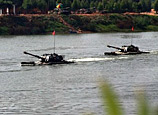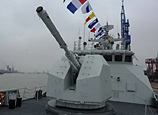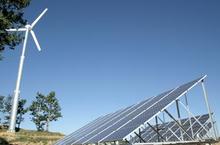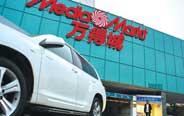
China's annual measure of "speculative capital inflows" turned to a negative $320 billion for 2012, according to the report.
But SAFE said it could not simply be translated into "hot money outflows" or "capital flight".
In 2011 China announced an official estimation of short-term speculative capital to the public for the first time, indicating an influx of $35.5 billion in 2010.
SAFE said the usual calculation method of deducting its trade surplus, direct investment inflows, returns of outbound investment, and capital raised from overseas stock markets, from increases in foreign reserves, does not meet with the new global economic environment, as the yuan's exchange rate has come close to the equilibrium level.
The report also showed that total capital flows stood at $1.97 trillion in the first three quarters of 2012, up by 3 percent year-on-year.
Capital flows as a percentage of GDP during the same period dropped 4 percentage points to 35 percent.
Last year, the flow of capital in and out of China fluctuated dramatically, as the world's second-largest economy witnessed inflows in the first quarter, outflows in the second and third quarter, and comparatively large net inflows again in December. Throughout 2012, China posted a $117.3 billion deficit in its capital and financial account, in contrast to a surplus of $221.1 billion in 2011.
SAFE had reported that the deficit in 2012 was mainly due to investor preference for holding assets in foreign currency while keeping debt in local currency.
"As China continues to open up the capital account and float the yuan globally, the country is getting more connected with external economies, which presents a greater challenge to manage cross-border capital flows."



















![]()
